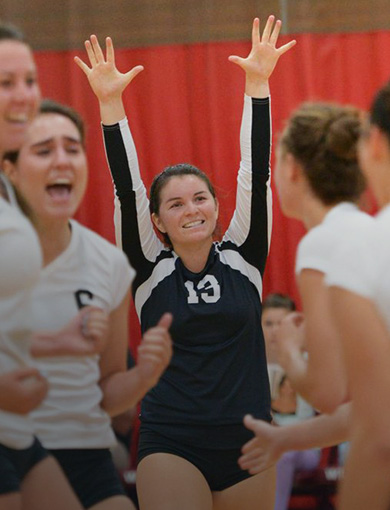SLAP Lesions and Labral Repair
The shoulder is our most mobile joint and with that comes a risk for instability. Ligaments, tendons and muscles work to keep the shoulder joint in place. The shoulder socket is very shallow and flat. Nature created a fix called the labrum, a disk of cartilage that rims the socket to deepen it and hold the upper arm bone in place. The labrum guides shoulder movements, and limits excessive motions.
A fall or overuse can result in a labral tear. Sports like throwing and repetitive overhead motions cause the labrum to wear and tear. Pitchers, swimmers, quarterbacks, weight lifters and golfer are at risk for a labral tear. Injury can be painful and cause instability. Impingement and lax ligaments can cause dislocations and labral tears.
What is a SLAP lesion?
A SLAP lesion is a labral tear at the top of the shoulder caused by traumatic injury and overuse which can also affect the biceps tendon. Common causes of a SLAP tear in people under age 40 include: An auto accident, a fall on an outstretched arm, a direct blow to the shoulder, shoulder dislocation, the force of catching or lifting a heavy object, and a rapid forceful overhead movement. Weight lifters and athletes who participate in throwing sports are at risk. SLAP tears occur in older adults due to years of normal wear and tear that causes the labrum to deteriorate and fray, and may occur with a traumatic event like a fall on an outstretched arm.
Symptoms include:
- Popping, clicking or grinding sensations
- A deep ache and pain
- Pain with overhead motion and lifting
- Decreased range of motion
- Loss of strength
- Shoulder instability causing a feeling that the shoulder is loose and slips
Diagnosis
Your OANC orthopedic surgeon will listen to your complaints and symptoms, ask you questions about how the shoulder was injured, what you were doing when the pain started when the symptoms began and your level of pain. They will conduct a physical exam including testing range of motion and stability. Raising your arm overhead will elicit a catching or popping sensation which is indicative of a labral tear.
They may order imaging tests like a CT scan or MRI to view the labrum, often with a contrast dye to reveal the tears. However, the most accurate diagnostic tool is the arthroscope which is also used for repair.
What are the treatment options?
Often noninvasive, nonsurgical treatment with ice, immobilization, anti-inflammatory medications, activity modification, and physical therapy will help relieve symptoms and allow a tear to heal. When indicated, selective injections for pain and to stimulate the body’s own healing process may be recommended. When these treatments are ineffective, minimally invasive arthroscopic surgery will be recommended.
Minimally invasive surgery
Minimally invasive arthroscopic surgery is an outpatient procedure performed with regional anesthesia. Arthroscopy will confirm your diagnosis and successfully repair the tear and relieve pain. If there is also a ligament or biceps tendon tear, these can also be repaired.
The risks are those common to any surgery. Complications are rare.
The type and extent of repair that is best for you is determined by your surgeon when they can visualize the tear. Your age, activity level and whether there are other shoulder injuries that require repair are important considerations, as well. Repair may require removal of the torn part or reattaching it with stitches. Sometimes repair will involve cutting the biceps tendon at the attachment point.
Recovery
Recovery depends on the extent of surgical repair. After surgery a sling will be necessary for 3-4 weeks to immobilize the joint. Range of motion exercises will be prescribed. As you improve, exercises to regain motion, flexibility, strength will be added. Athletes may be able to begin sport specific exercises at about 3 months post-surgery, to improve mechanics and prevent repetitive injury. Complete healing and full recovery can take about 6 months. The good news is that a majority of patients will regain full use of the shoulder after surgery.
At Orthopedic Associates of Northern California our board-certified, fellowship trained orthopedic surgeons treat a wide range of shoulder conditions in young and old alike. You will be treated with respect and receive professional, compassionate care in our state-of-the-art facility. OANC offices are located in Chico and Paradise California.
When you or a loved one are suffering with joint pain, or have been diagnosed with an orthopedic condition, contact Orthopedic Associates to schedule a consultation to learn more about your condition and all your treatment options.





